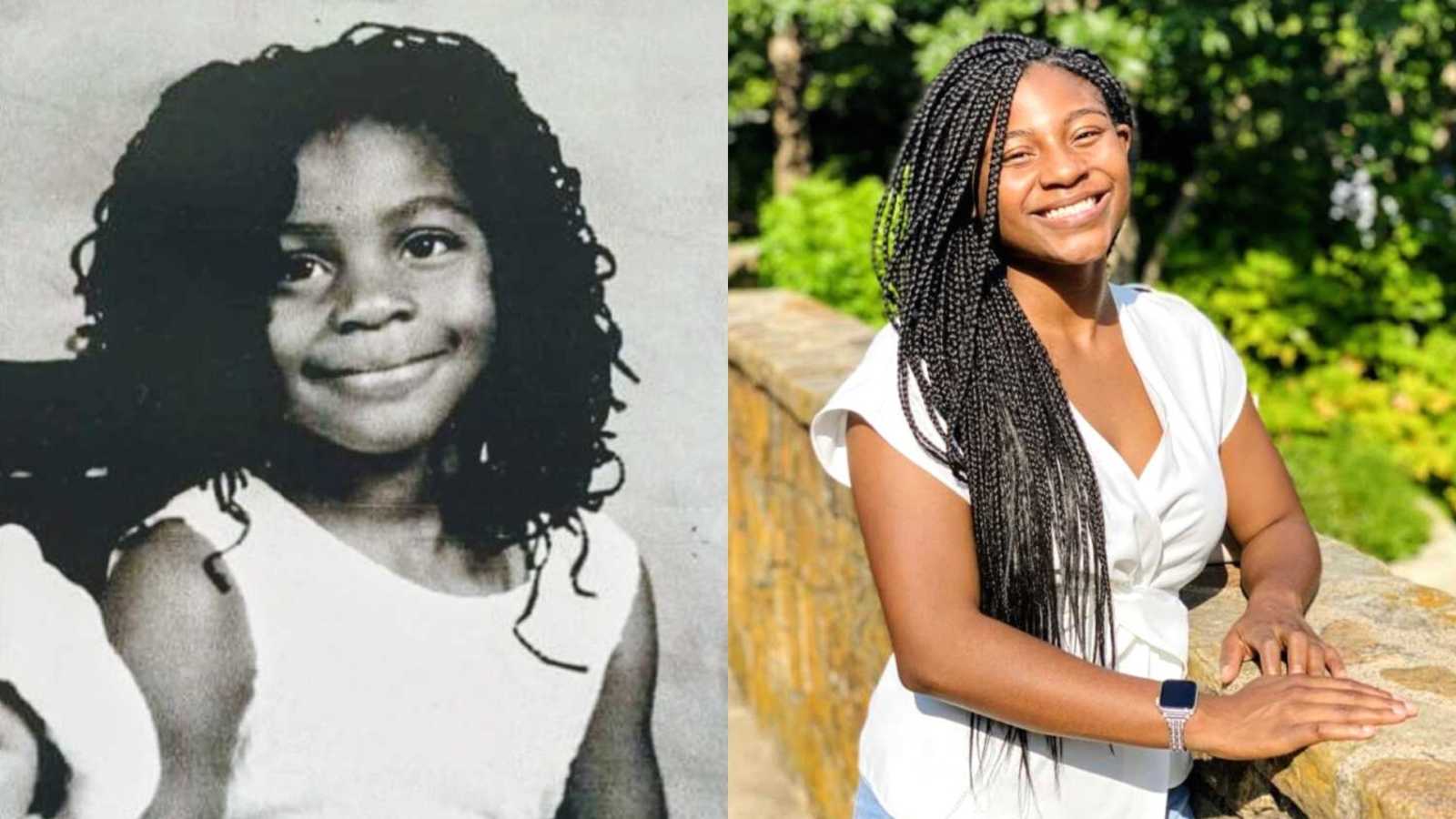Trigger Warning: This story includes mentions of suicide that may be triggering to some.
“Growing up without the label, I didn’t have to face the stigmas that came with being autistic. On the other hand, I was frequently subjected to the ostracization that came with being different, what I now like to refer to as neurodivergent. Growing up as an African American girl in poverty, seeking out an early diagnosis was the furthest thing from my family’s mind when considering what my siblings and I needed. Struggling to meet basic needs financially, a diagnostic assessment was just simply not feasible. Nonetheless, as I am learning more about autism as an adult, the signs were always there. They just didn’t stand out because one of the most common traits amongst many women with autism is camouflaging.

Before I was able to comprehend I wasn’t like everyone—pre-junior high years—I was often told I was special or unique by family members and friends. Because most of my differences were ‘cute,’ they were often viewed as adorable quirks without any consideration as to how these behaviors were clues to something bigger that would persist past childhood development. I was—like many other women who are autistic—a toe walker as a child. My mother often joked they were my ‘high heels’ and never considered this behavior might have been due to sensory sensitivities. I had very rigid eating behaviors as a child, but because I only wanted to eat raw vegetables as opposed to any meat, it was considered healthy. Rather than the need for certain food textures (e.g. crunchy), which would eventually result in extreme picky eating. Even certain stimming behaviors, such as sucking a binky, was adorable until I reached the age of 7 and it was forcefully taken away, which resulted in thumb sucking I was forced to stop as well.
My sensitivity as a child was often perceived in one of two ways: adorable when it was a product of something happening outside of my home or problematic when the sensitivity was a product of things happening inside my home. My mother once had to explain the difference between real emotions and fake (television) emotions to me when I cried at a music video and various other things. Though, I still cry at sad things on TV. But on the flip side, such as crying when I was getting yelled at or overwhelmed, those weren’t really understood or accepted. My mother often assumed my socialization with others was fine because I talked well, and even began talking early in comparison to my younger brother, who was noticed to be on the spectrum because he didn’t talk at all. Because my unique behaviors were somewhat of a sign of advancement as a child, I continuously went under the radar. That’s until the thing underlying those behaviors persisted into my teenage years, and the cuteness from being a child faded.
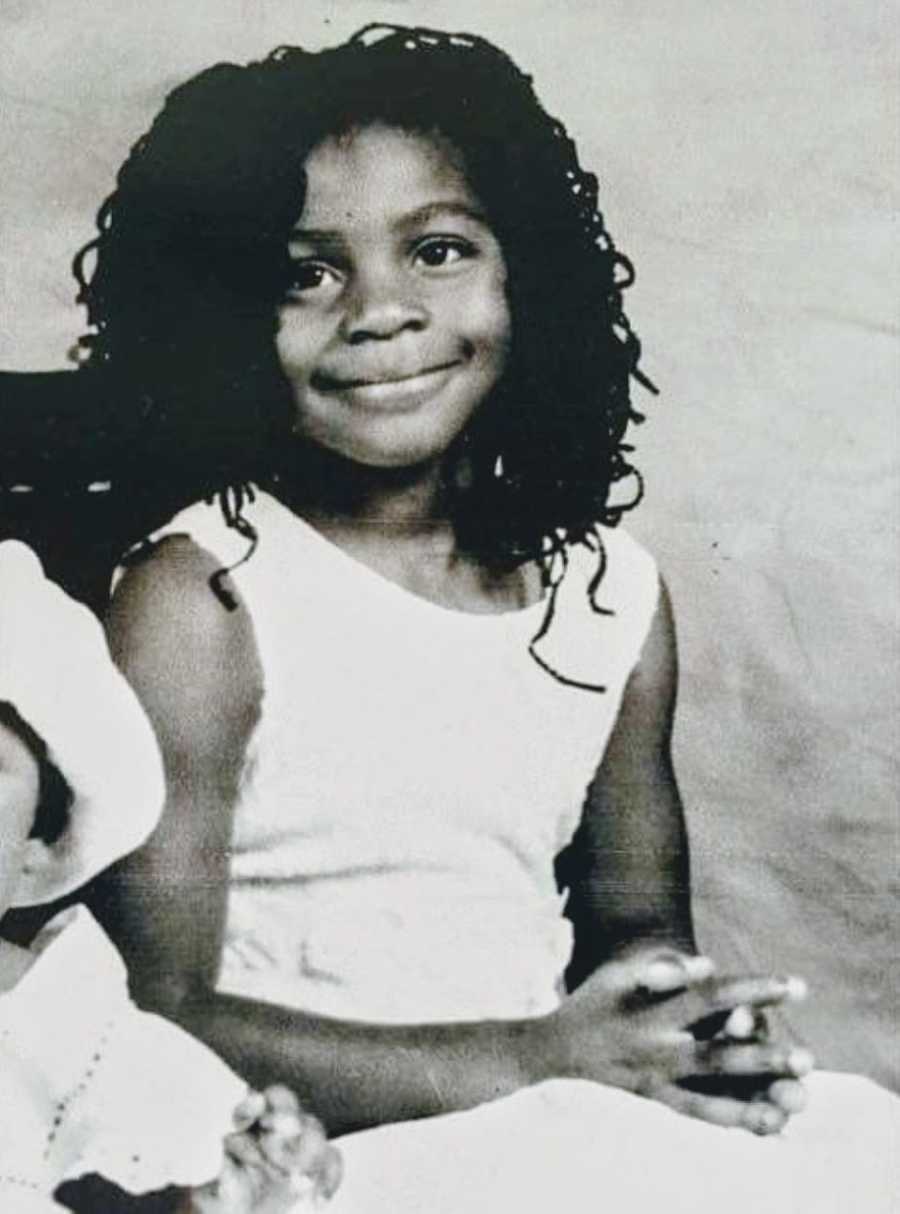
Bullying was a significant portion of my junior high years, so significant that in seventh grade, I begged my grandmother, who I lived with at the time, to take me out of school. She did, and I was homeschooled for a year. The next year, I went back to school but I didn’t return to eighth grade. I skipped it and went straight to ninth grade to avoid being around my bullies. My inability to understand social cues and societal norms without a strong development in my intuition often led to being the center of attention, and not in a good way. From the clothes I wore to the things I did and said to the way I acted — everything was wrong. I couldn’t fit in with the ‘normal’ people. This continued throughout high school, the only difference was I started mimicking other girls’ behavior. I talked about what they talked about, I wore what they wore, I said what they said, and did what they did. The friends started to come, my social life was striving on the outside, but I felt like a mess on the inside.
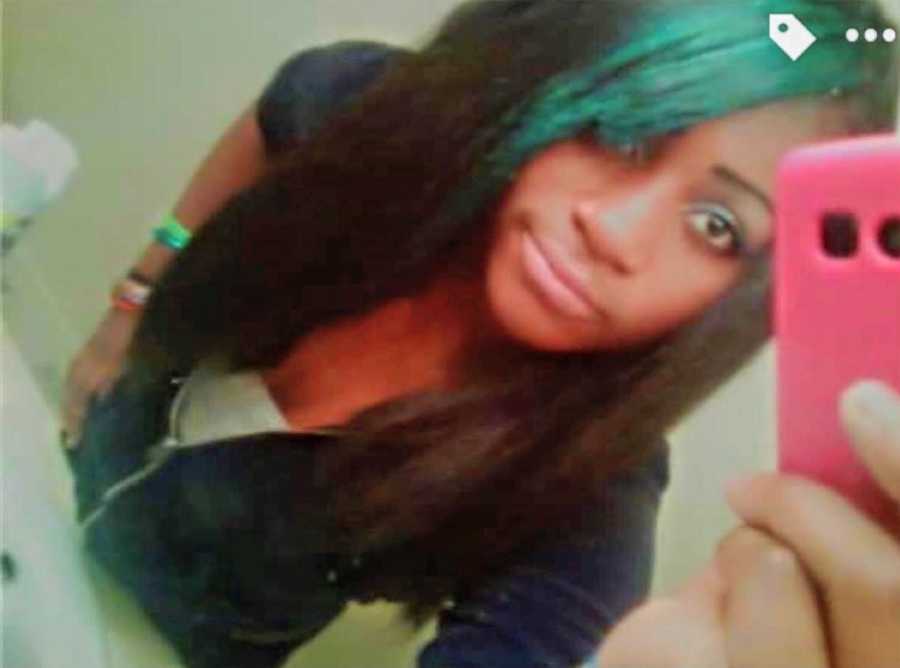
My freshman year, I was diagnosed with depression and I was prescribed Lexapro. I took it for a few weeks and stopped. I knew I wasn’t depressed, the world and people made me depressed. In sophomore year, I was diagnosed with bipolar disorder and ADHD, all of which to some degree made sense in regard to my behavior, but they didn’t make sense in regard to how I felt, how I thought, and the way I saw the world in its entirety. Mixed with the dysfunction going on around my home life, at 15 years old, I attempted to take my own life. I grabbed some random pills, wrote a note, and held it in my hand as I went to sleep, not expecting to wake up. Now I’m thankful I did, and I kept this attempt a secret from those around me.
I began creating strategies to help with the amount of energy I needed to mask in order to keep my social life. This held up well for high school, and even throughout college, at least to the extent people thought I was normal for the time slots I had allocated to being around them. But every day, once I was alone again and had time to process my days and be to myself, internally everything was falling apart. My grades were significantly impacted by having to multitask, as well as try to maintain a social life. It took me an additional year to graduate college without ever taking a summer off because I consistently failed classes. I just didn’t do well with testing. Not because I didn’t study, but because I always failed to follow the line of thinking that would get me to the answer professors wanted. I always naturally perceived things in a different way than most. Nothing made sense. The world didn’t make sense. I hated masking and not being able to be myself. I hated having to pretend to fit in, but even that felt better than the realization I was alone in a world with millions of people. There was no one else like me on the planet. No one understood me at my core, deeply.
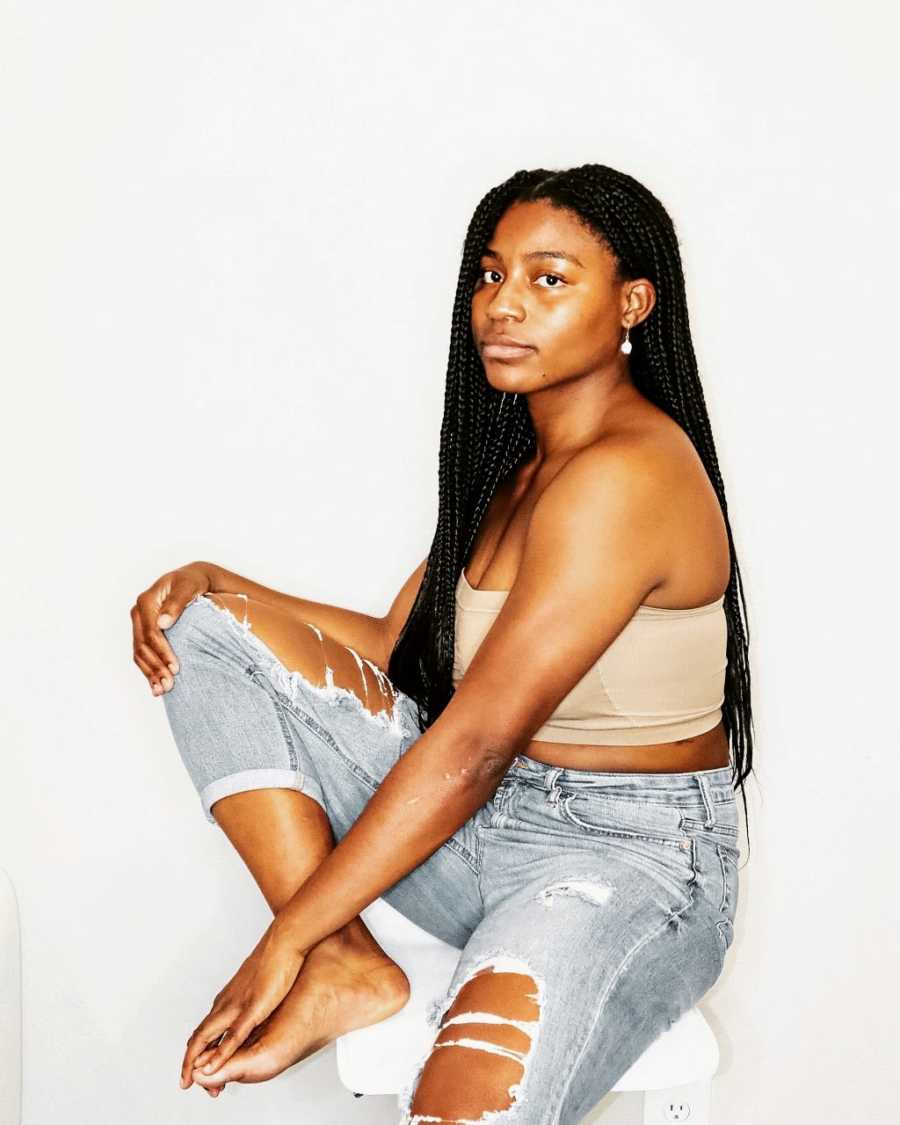
This feeling of aloneness intensified as the energy I once had when I was younger I used for masking needed to be allocated for other things. For instance, my relationship with my boyfriend and my full-time job I still currently have, thankfully. My love for yoga grew immensely at this time in my life. It was a new way for me to move my body. It was a way to soothe my need to stem from being overwhelmed with sensitivity difficulties at work and feeling misunderstood at home with my boyfriend. Yoga became a way for me to exist without needing or having to be anything I wasn’t already, it was my physical therapy. I became so invested in the ability to move my body, I decided to become certified to teach yoga.
In addition to yoga, I began seeing a talk therapist. What had originally started out as talk relationship therapy to understand some of the challenges my and boyfriend were having and my inability to maintain friendships turned into a fascinating self-discovery. Encouraged by my therapist to examine myself, my own behaviors, and my needs, I began asking myself essential questions. Embarking on the journey to finding myself underneath the mask I had glued to myself for safety. The little girl that was bullied into hiding herself had begun to scream and fight, trying to breakthrough. I ran across an article through this journey that talked about how autism shows differently in girls than it does in boys. This piqued my interest because I knew what autism looked like in boys because of my younger brother, but I began to wonder if this too was something I had been experiencing.
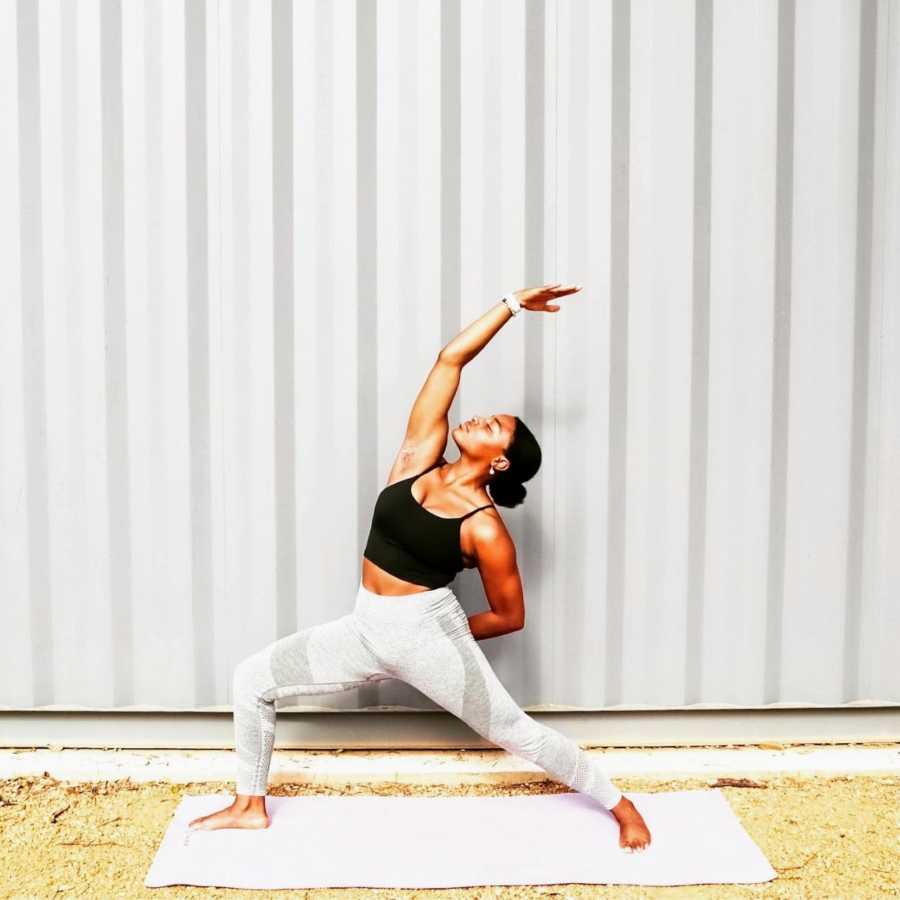
Research: it’s all I did before officially seeking out a diagnosis. Everything made sense. I read other women’s stories about their experience with autism and oh my, how they were so strikingly similar. Reading and hearing about their experiences opened a portal to myself I had shut off for a very long time. I felt so understood, when for so long I never even knew how to articulate what it was I was experiencing. Heightened sensitivity, the need for stimming, repetitive behaviors, strict routines, the need for sameness—all of the similarities felt like that deep part of me no one understood was now outside of my body on paper.
Most of what I thought I had suppressed or gotten rid of just manifested intensely when I was alone, which I now know is what makes having neurotypical friends so difficult because it restricts the time I get to be myself without judgment or criticism. Or even just being the center of attention. Sometimes, I just want to be myself without being looked at like an art exhibit. The feeling I received after learning and hearing stories about women with autism wasn’t the kind of feeling you experience when you find out someone likes chocolate ice cream too when that’s your favorite. It was more like the feeling you would probably get if you were the only person left on earth after an apocalypse, and then finally seeing another human. With enough courage, I went in for a diagnosis.
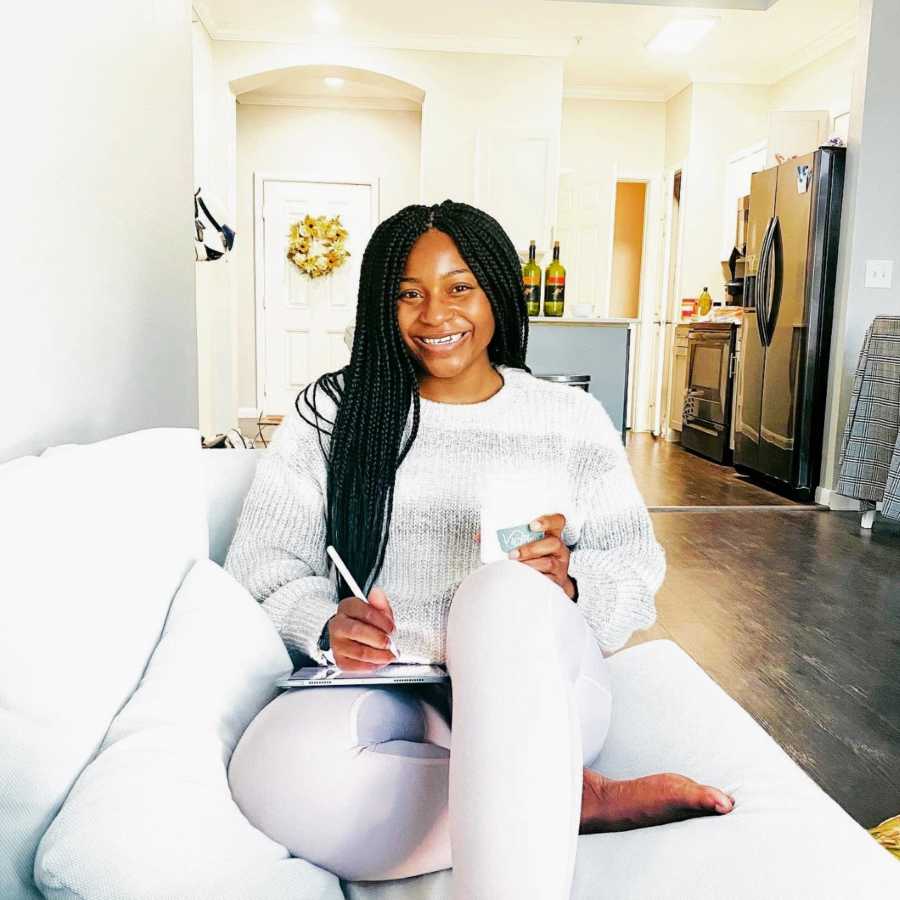
After a 9-hour ADOS assessment, even before the results came back, it was as if a huge boulder was taken from my body. I finally had the permission, confidence, and courage to be myself again. Only this time, I knew I wasn’t alone, nor was I an alien. There was nothing wrong with who I was. My differences weren’t due to a flaw, but more so a gift. Weeks later I received my report, and I was confused at the results more than I was disappointed. The conclusion read: ADHD (predominantly inattentive presentation), Social Phobia, and a warranted monitorization of mood and depression. My executive functioning was below average, along with some other cognitive difficulties like socializing and my inability to accurately detect emotions when attending to multiple stimuli. All of which were chalked up to my inability to stay focused. I sat to myself, wondering how I could be diagnosed with so many disorders.
I scheduled a follow-up appointment with the doctor again with a list of behaviors I hide, only to be told I didn’t meet the criteria for autism because I didn’t display stereotyped behavior. Eye contact, awkwardness when communicating, or ‘compulsive’ and ‘disruptive’ behavior. The doctor told me, ‘If you did have autism, you would be a unicorn,’ and encouraged me to read the book ‘The Highly Sensitive Person.’ This was the devastating part because, in my mind, I know how hard I’ve worked to mask some of those behaviors for the comfort of others. I questioned, ‘Why did I need to be disruptive and compulsive to be considered autistic?’ I know how hard it has been trying to balance masking as well as a burning desire to be true to who I am.
Doubtful and confused, I did further research and sought out a second opinion from a psychologist who specialized in autism in women. At the pre-assessment, we scheduled an appointment to meet and discuss the data from my diagnosis, as well as what I was looking for from therapy. At the second appointment, after reviewing my 15-page long diagnostic report, he said to me, ‘I’ve been doing this for a long time, long enough to know people who diagnose women don’t do it right.’ He then proceeded to say, ‘I read your report and their data was good, but the conclusion was wrong, I would say this is autism.’ Though he confirmed what I had already suspected, that wasn’t the best thing that happened in this moment. Not only did he explain to me I had ASD, but he also explained if I were to proceed with therapy with him he would focus on a treatment plan that wasn’t aimed at helping me be less autistic, but to help me understand it and identify what my own needs are.
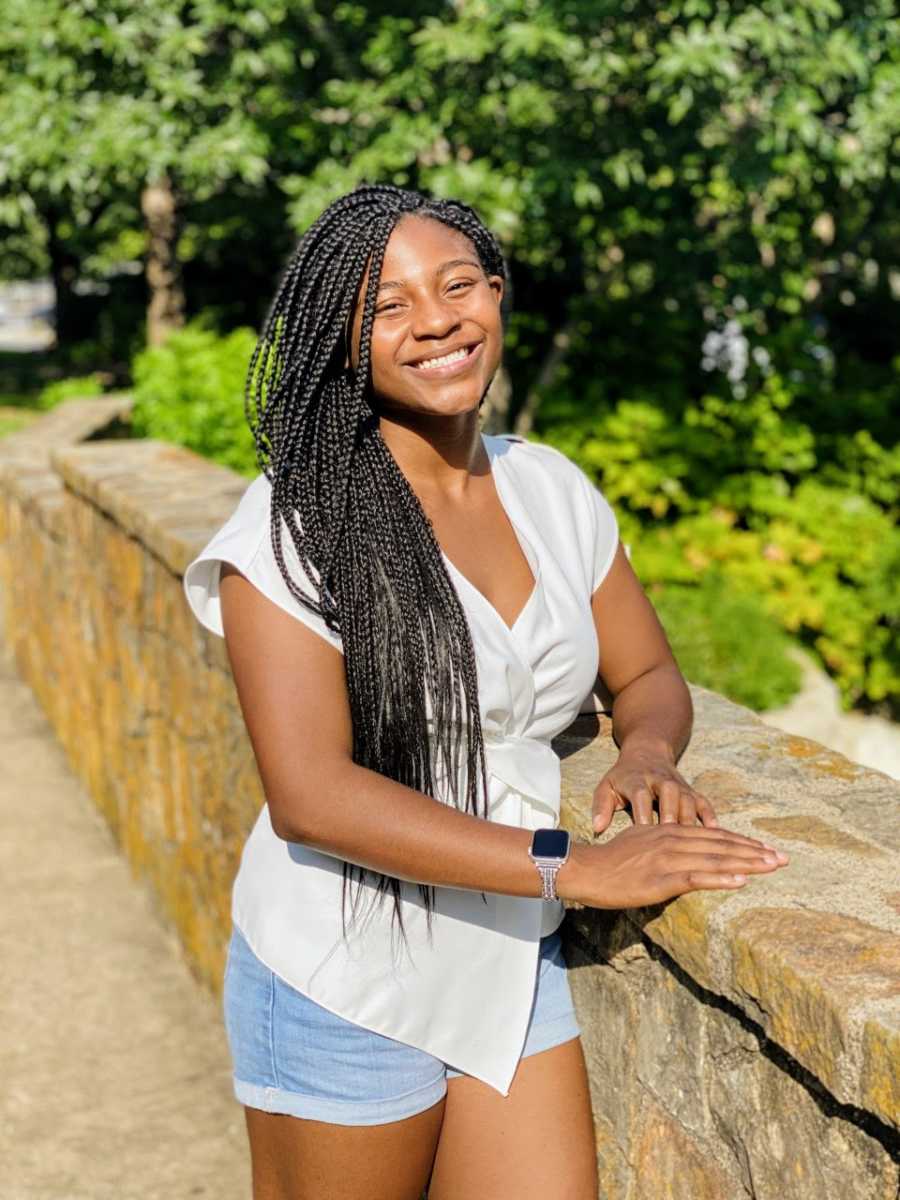
Since I grew up without the label, I can’t explain what that experience is like for those who have. What I can say, though, is growing up without the label leaves many who are experiencing these differences feeling alone. Completely alienated from society. Not having the label leaves room for society to label the unnamed for you, and the scary part is you start to internalize those labels as true. Weird, slow, strange, unique, special, etc. — all of which I have been called at various times in life. When in actuality, I’m not exactly either of those, I’m just autistic. Being a black woman and having autism is no easy way to exist within society. There is this way you are expected to behave based on culture or stereotypes, and when you don’t fall into those expectations, the worst is often assumed. No one ever assumes certain behaviors or ways of perceiving things may be to a neurological difference. No one ever assumes black people can have those.
People think in order to be autistic, you need to look some kind of way but autistic people look just like everyone else. Every autistic person isn’t a rocket scientist, nor is every autistic person considered ‘low-functioning’— as much as I dislike the term. The truth is, you have probably met more autistic people than you realize. Autism isn’t a disorder, it’s a way of being in and perceiving the world. It is a way of existing within a world that has established a foundation different from the one we need to thrive. Autistic children don’t grow up to be ‘normal,’ nor can you get rid of their autism. It will still be there, at the very core of who they are. And there is nothing wrong with that.”
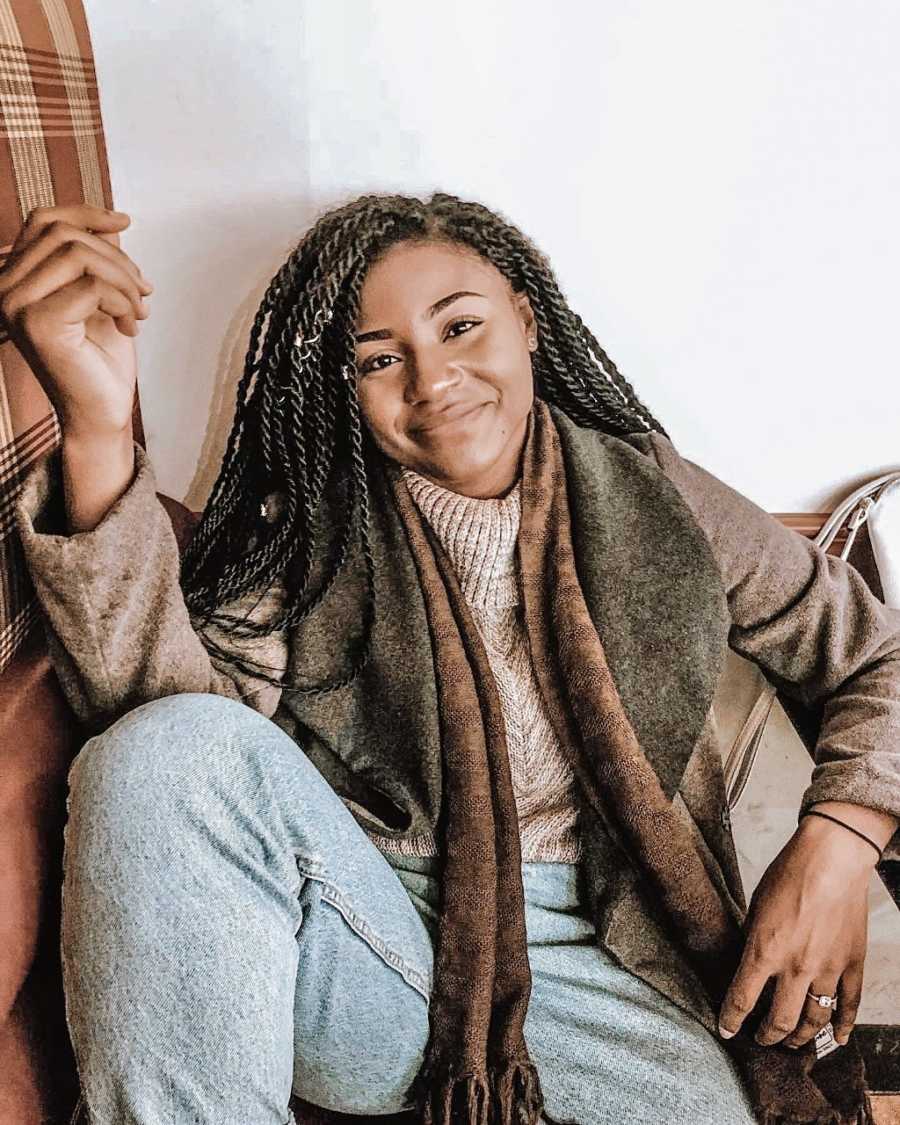
This story was submitted to Love What Matters by Candice Hines of Dallas, TX. You can follow her journey on Instagram here and here. Do you have a similar experience? We’d like to hear your important journey. Submit your own story here. Be sure to subscribe to our free email newsletter for our best stories, and YouTube for our best videos.
Read more stories like this:
Do you know someone who could benefit from this story? Please SHARE on Facebook and Instagram to let them know a community of support is available.

